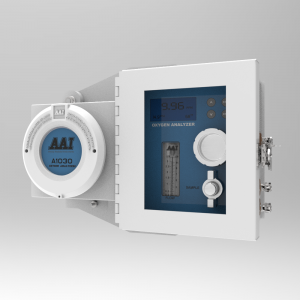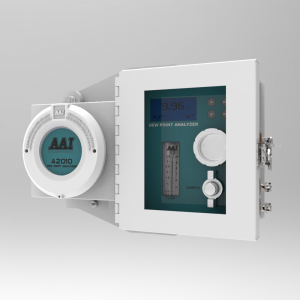For various production occasions and testing requirements, choosing the appropriate gas detector is a must for everyone who is engaged in safety and health work. Here we will introduce some specific situations for your reference.
Confirm the type and concentration range of the gas to be detected:
The types of gases encountered in each production sector are different. When selecting a gas detector, all possible situations must be considered. If methane and other less toxic alkanes are mostly, the LEL detector is undoubtedly the most suitable. This is not only because the principle of the LEL detector is simple and widely used, it also has the characteristics of convenient maintenance and calibration. If there are toxic gases such as carbon monoxide and hydrogen sulfide, a specific gas detector must be selected first to ensure the safety of workers. If there are more organic toxic and harmful gases, considering that they may cause low concentrations of human poisoning, such as aromatic hydrocarbons, halogenated hydrocarbons, ammonia (amines), ethers, alcohols, lipids, etc., the light introduced in the previous chapter should be selected. Ionization detectors should never be handled with LEL detectors, as this could result in personal injury or death.
If the type of gas covers the above types of gas, choosing a composite gas detector may achieve twice the result with half the effort.
Determine the occasion of use:
Depending on the industrial environment, the type of gas detector is different.
- A) Stationary gas detection protocol:
This is the most commonly used detector in industrial installations and production processes. It can be installed at a specific detection point to detect a specific gas leak. The fixed detector is generally two-body type. The detection head consisting of a sensor and a transmitter is installed on the test site as a whole, and the secondary meter consisting of a circuit, power supply and display alarm device is installed on a safe place for easy monitoring. Its detection principle is the same as that described in the previous section, but it is more suitable for the continuous and long-term stability required by fixed detection in terms of process and technology. They also need to be selected according to the type and concentration of the gas on the site, and they should be installed at the most likely location of the specific gas, such as the most effective height of the sensor installed according to the specific gravity of the gas.
- B) Portable gas detector:
Due to the convenient operation and small size of portable instruments, they can be carried to different production sites. The electrochemical detector is powered by alkaline batteries and can be used continuously for 1,000 hours. The new LEL detectors, PIDs and composite instruments use rechargeable batteries (some have Using memory-free sickle hydrogen or carp ion batteries), they can generally work continuously for nearly 12 hours, so as such instruments are widely used in various factories and health departments.
If it is used in an open place, such as an open work workshop, such a device is used as a safety alarm, a diffusion gas detector that can be worn on the body can be used because it can continuously, real-timely and accurately display the concentration of toxic and harmful gases on the scene. Some of these new instruments are also equipped with a vibration alarm accessory to avoid audible alarms in noisy environments, and are equipped with computer chips to record peaks, STEL (15-minute short-term exposure level), and TWA (average 8-hour statistical weight ) Provide specific guidance for worker health and safety.
If entering confined spaces, such as reaction tanks, storage tanks or containers, sewers or other underground pipelines, underground facilities, agricultural closed grain silos, railway tankers, shipping holds, tunnels and other workplaces, testing must be performed before personnel enter And testing should be carried out outside confined spaces. At this time, you must choose a multi-gas detector with a built-in sampling pump. Because the gas distribution and gas types in different parts of the confined space (upper, middle, and lower) are very different. For example, in general, the proportion of combustible gases is lighter. Most of them are distributed in confined spaces. The proportion of carbon monoxide and air is similar. Generally, they are distributed in confined spaces, while heavier gases such as hydrogen sulfide exist in confined spaces. The lower part of the space (as shown), at the same time, oxygen concentration is also one of the types that must be detected. In addition, if the volatilization and leakage of organic substances in the tank are considered, a detector that can detect organic gas is also needed. Therefore, a complete confined space gas detector should have a built-in pumping function so that non-contact, sub-location detection can be performed. Multi-gas detection function to detect different gas distribution in different spaces, including inorganic gas and organic gas, it is a portable instrument that prevents oxygen deficiency or hydration and is small in size and does not affect the work of workers. Only in this way can the absolute safety of staff entering confined spaces be guaranteed.
In addition, after entering the confined space, the gas components in it must be continuously tested to avoid changes in the concentration of volatile organic compounds or other toxic and harmful gases caused by personnel entry, sudden leakage, and temperature changes.
If it is used for emergency, leak detection and inspection, a pump-type instrument with short response time, high sensitivity and resolution should be used, so that the location of the leak point can be easily determined.
In the case of industrial hygiene testing and health surveys, instruments with functions such as data recording and statistical calculations, and can be connected to computers are very convenient to apply.
View more gas sensor at www.avcray.com.




